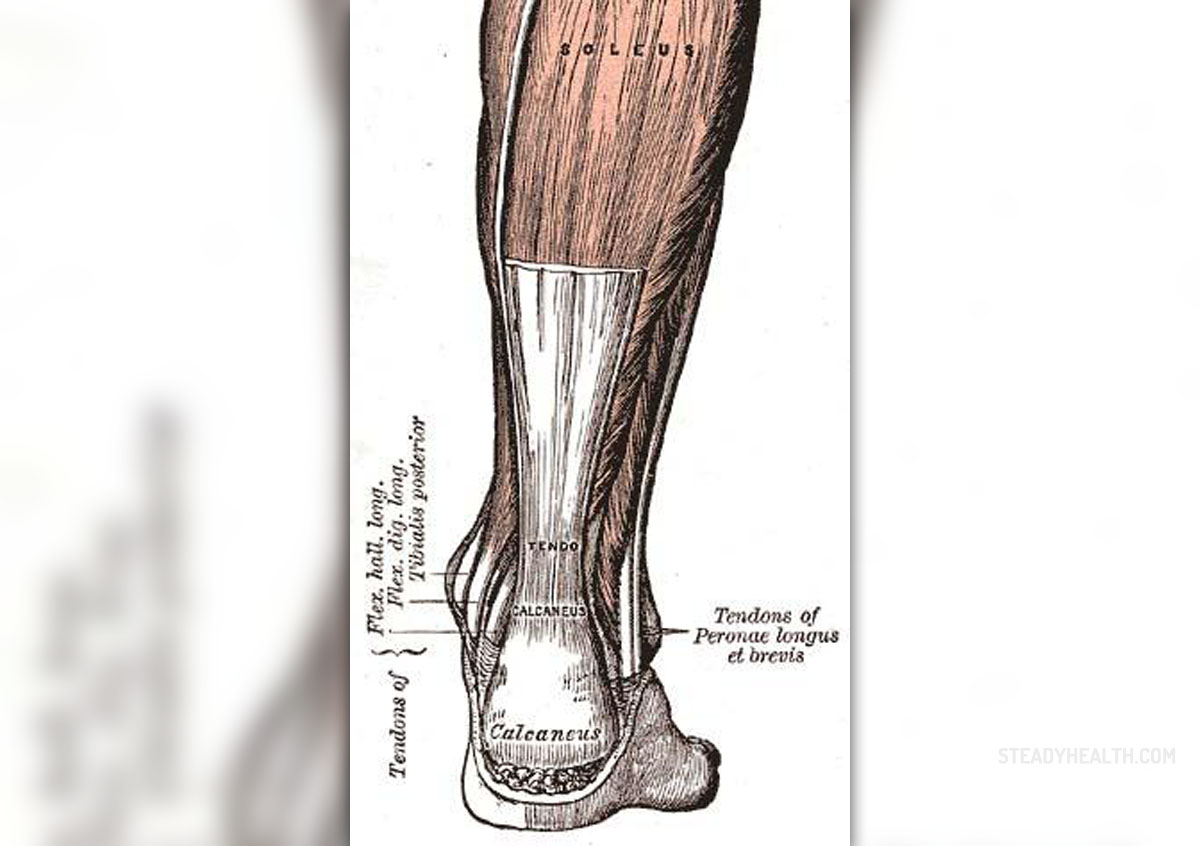
What is Achilles Tendon?
The Achilles tendon is the biggest tendon in the human body. Its size relates to great forces it is supposed to withstand on regular basis, particularly during certain activities and exercises. The pathology of the Achilles tendon is still a mystery especially when it comes to its inflammation, tendon failure and rupture.
One of the major issues most scientist still argue about is the term Achilles tendonitis which in fact is not inflammation of the tendon, according to histological findings. Instead the term is used for degenerative changes affecting the tendon without any associated signs of inflammation. So, it is better to use the terms tendinopathy, paratendinopathy, and pantendinopathy instead of tendonitis in this particular case.
Nowadays the incidence of conditions affecting the Achilles tendon is on the rise. According to available data 10% of all American citizens are engaged in some kind of pivoting activities or they run on a regular basis. It is believed that the conditions affecting the Achilles tendon occur in between 7 and 18% of all club runners.
As a matter of fact excessive repetitive strain really seems to be the major culprit of this type of tendinopathy. Tendonitis in general occurs due to overuse associated with microtrauma to the fibers of the affected tendon. The factors that might contribute to Achilles tendinopathy include training mileage, rest periods between runs, anatomic alignments of the lower extremity as well as mechanical factors associated with shoes and inserts one uses. Scientist are still trying to confirm these assumptions and determine whether any of the mentioned factors actually is to blame for the onset of Achilles tendinopathy.
According to some evidence the condition seems to affect the older athletes more than younger ones. Also, if there has been a rupture on one side, the chances the tendinopathy will affect the other tendon significantly rise.
And finally, even though some scientist believe that there is connection between smoking and rupture of some tendons which might also explain why certain individuals develop Achilles tendinopathy, more conclusive results are yet to be discovered.
When it comes to treatment, most experts recommend rest and cold therapy. The heel should be elevated and one is supposed to abstain from any strenuous activities that might cause even more complex health problems. The tendon will heal within certain period of time. Pain associated with Achilles tendinopathy is relived with NSAIDs such as ibuprofen. Patients may additionally be suggested a change in training methods or be prescribed orthotics. In mild cases the back of the leg is taped while severe forms of tendonitis require a plaster cast. Additional treatments include ultrasound, sports massage techniques and an individual rehabilitation programme. More complex cases require injections of steroids although some doctors believe that steroids may increase the risk of tendon rupture. If all else fails, one is treated surgically. Prevention of Achilles tendonitis is achieved with the right running shoes and appropriate running style.
All in all, Achilles tendinopathy develops due to multiple factors many of which are still not clear and determined.
How is Achilles Tenotomy Performed?
Achilles tenotomy is a relatively simple surgical procedure performed in children suffering from club foot. It is an integral part of Ponseti management of the condition. The procedure is necessary because of the very characteristics of the Achilles tendon which is made of thick and non-stretchable fibers. The goal of the surgery is to bring the ankle up by cutting the tendon. After the surgery patients become capable of Flexing up the ankle which they could not manage prior to the procedure. So, eventually the heel gets placed flat on the floor which was practically impossible before Achilles tenotomy.
The surgery takes place after the affected leg has been in the cast for approximately 6-8 weeks. The medical experts decide when the patient is ready to undergo the surgical correction.
Achilles tenotomy is basically performed under local anesthesia. A local anesthetic agent (e.g. Ametop cream) is applied topically and it takes about a half an hour to numb the area. Parents do not accompany the child during the procedure. This is strictly out of precautionary measures since the presence of other people usually increases the risk of infections.
The surgeon cuts the tendon and the leg is placed in the cast. The cut tendon is now supposed to heal in the new, stretched position. The results are tremendous and the leg will be able to achieve the range of motion needed at the ankle joint. The procedure lasts no longer than 20 minutes.
One of the perplexities regarding the surgery is whether the cutting of the Achilles tendon should be total or partial. Some scientist say that complete cutting might precipitate damage. However, some results pointed to complete re-growth in children that had undergone the complete cutting. Still, when it comes to older children, most expert recommend the use of three incision instead of complete tenotomy.


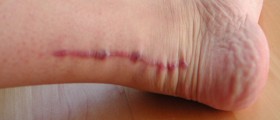

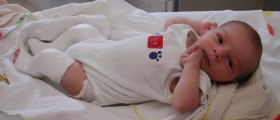




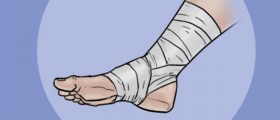




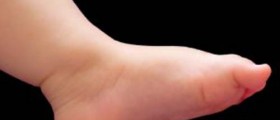


Your thoughts on this
Loading...